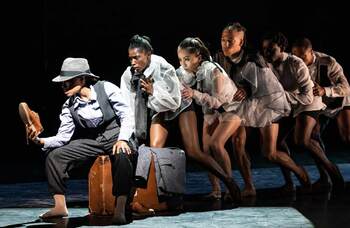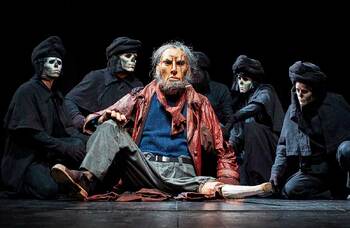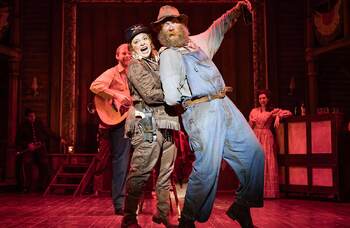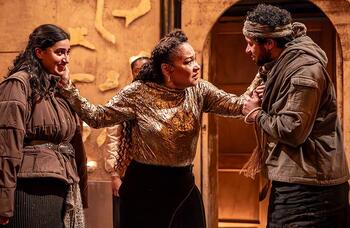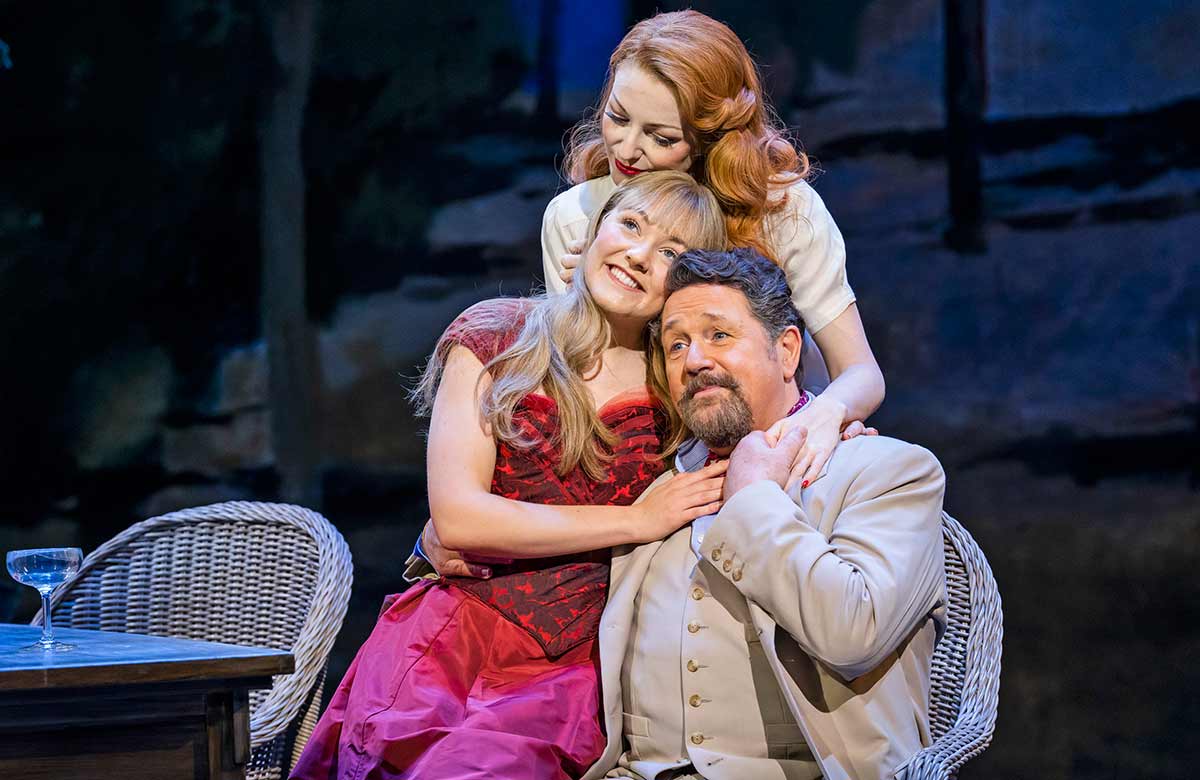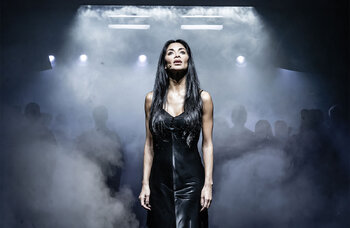Ballet Black: Pioneers review
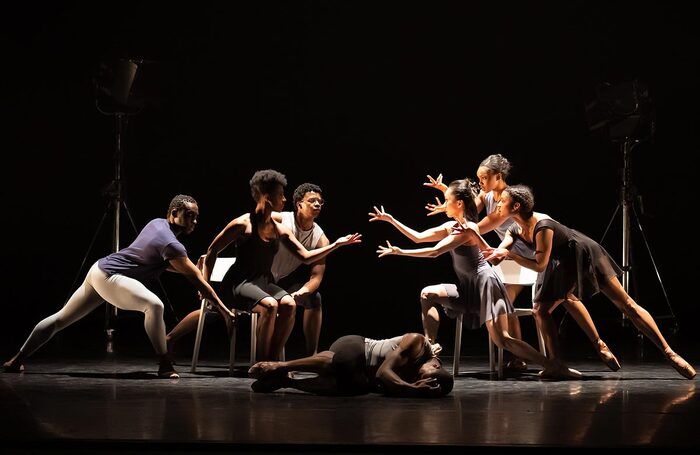
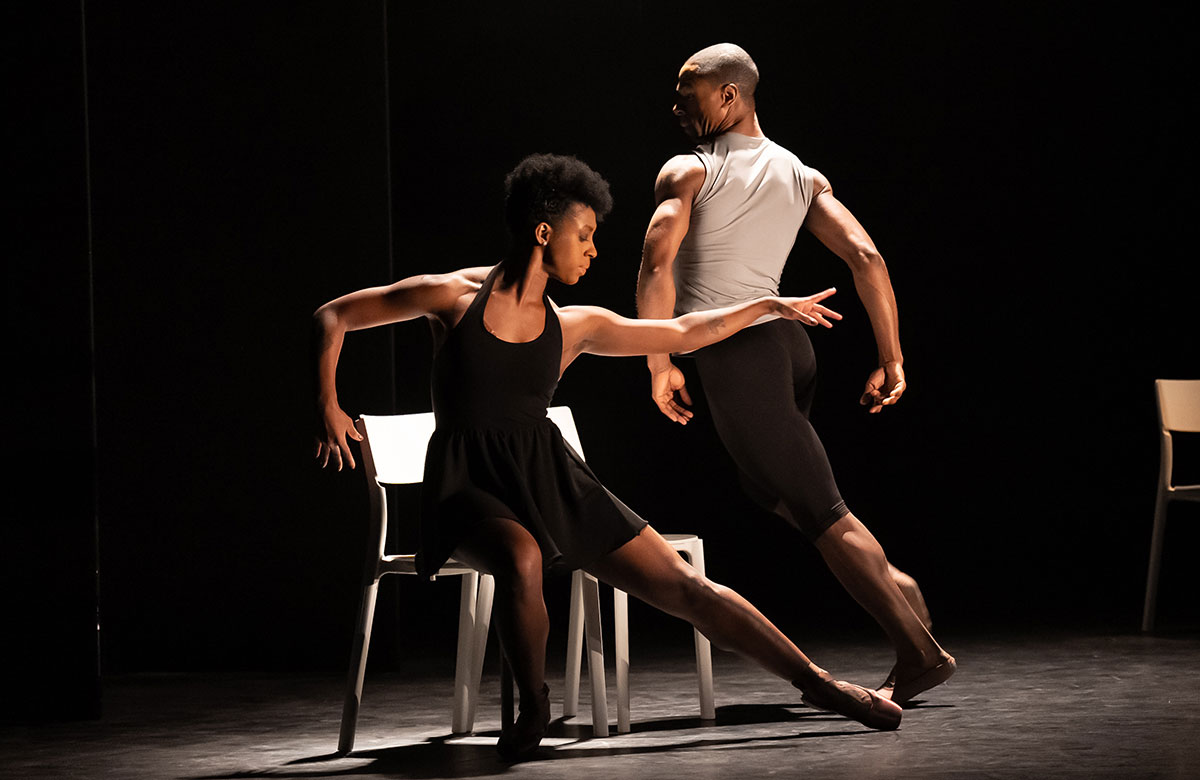
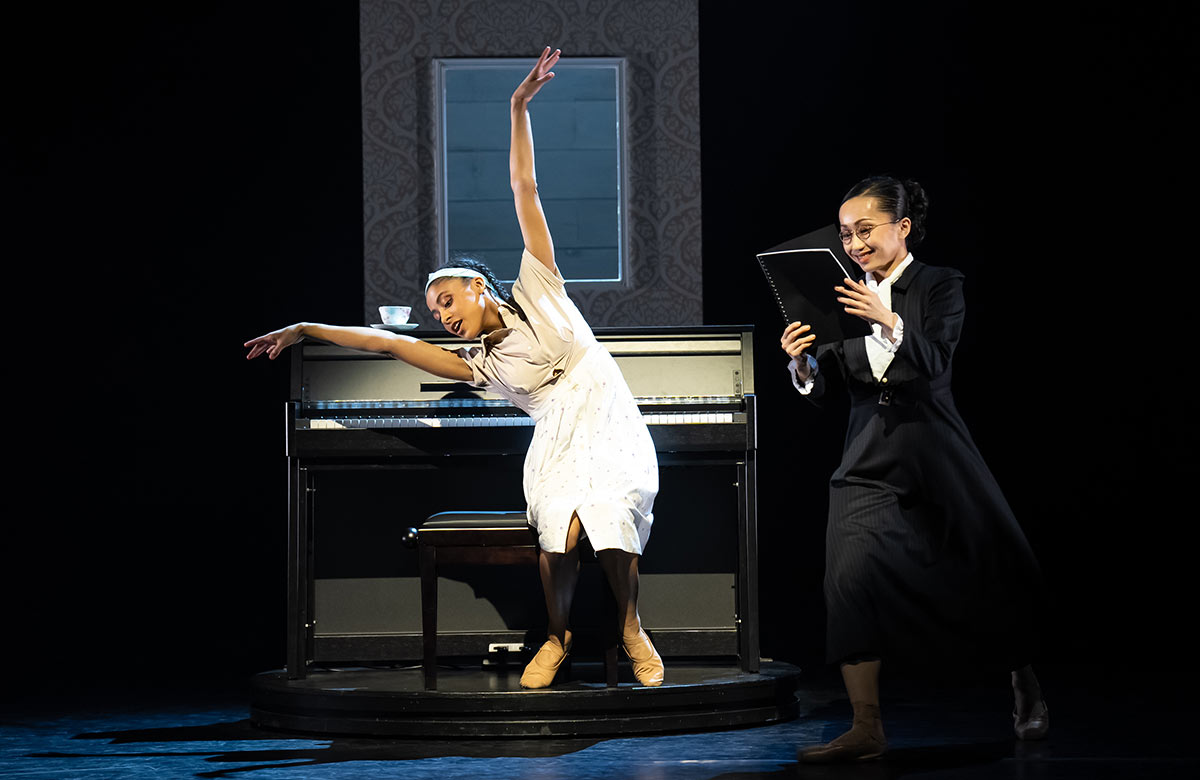

Two slow-building works transform into a passionate performance
Ballet Black returns to the Barbican with double bill Pioneers. The programme title alludes to both the artists who inspire the two works presented, and the company’s vision for Black and Asian dancers within classical ballet.
A reprise of Then Or Now, choreographed by William Tuckett, opens the programme. Set to the poetry of Adrienne Rich, it captures simultaneously the sweeping and intimate themes of humanity: from war, love and grief, to the everyday action of making coffee.
Rich’s words, interspersed with initially sporadic bursts of strings, create a sparse soundscape. The classical movement echoes this, careful and delicately placed, with port de bras that reach into the distance as if searching for something more.
Then Or Now is a spacious work and slow to build. Yet, layer on gentle layer, the movement becomes more expressive and expansive, gathering pace to soaring, sorrowful strings. The dance spills into multiple pas de deux and ensemble sections, flowing through lifts and leaps, before returning to the quiet emotion of a solo dancer. Tuckett’s Then or Now remains an understated but powerful piece that delicately connects with the multiplicity of human emotion, from our internalised battles to find a shared search for connection and belonging.
Continues...
The life and artistry of Nina Simone is the inspiration for company artist Mthuthuzeli November’s narrative ballet Nina: By Whatever Means. The opening offers a light and easy-to-follow ballet, simply choreographed and somewhat literal in its approach to its narrative, as it skips through Simone’s childhood piano lessons to her playing in jazz clubs.
Then there comes a duet between Simone (Isabela Coracy) and her husband Andrew Stroud (Alexander Fadayiro) and the ballet shifts. Depicting their volatile marriage, it is a passionately danced duet driven by hurt and anger, and performed on the small space of a living-room rug (though the curling edges prove a temperamental choice of set design). The partnering between Coracy and Fadayiro introduces a new level of complexity to the choreography, and from here the ballet portrays its story through feeling rather than gesture, becoming more engaging and expressive for it.
As the focus shifts to Simone and her iconic music, the company dancers, now in soft shoes and loose-hooded clothing, become an explosive, energetic ensemble around her. Slipping into more contemporary movement language, they move with power and speed, building to a whirling, unrelenting mass of motion to Simone’s Sinnerman.
Coracy gives her all to the performance. She dances with a raw emotion that is powerful to watch, her movement passionate, her moments of stillness edged with strength and pride. Though slow to start, Nina blossoms into a ballet that has a message to share; an ode not just to Simone’s music, but to her desire and drive to fight against injustice and empower a global Black community.
More Reviews
More about this organisation
More Reviews
Recommended for you
Most Read
Across The Stage this weekYour subscription helps ensure our journalism can continue
Invest in The Stage today with a subscription starting at just £5.99

